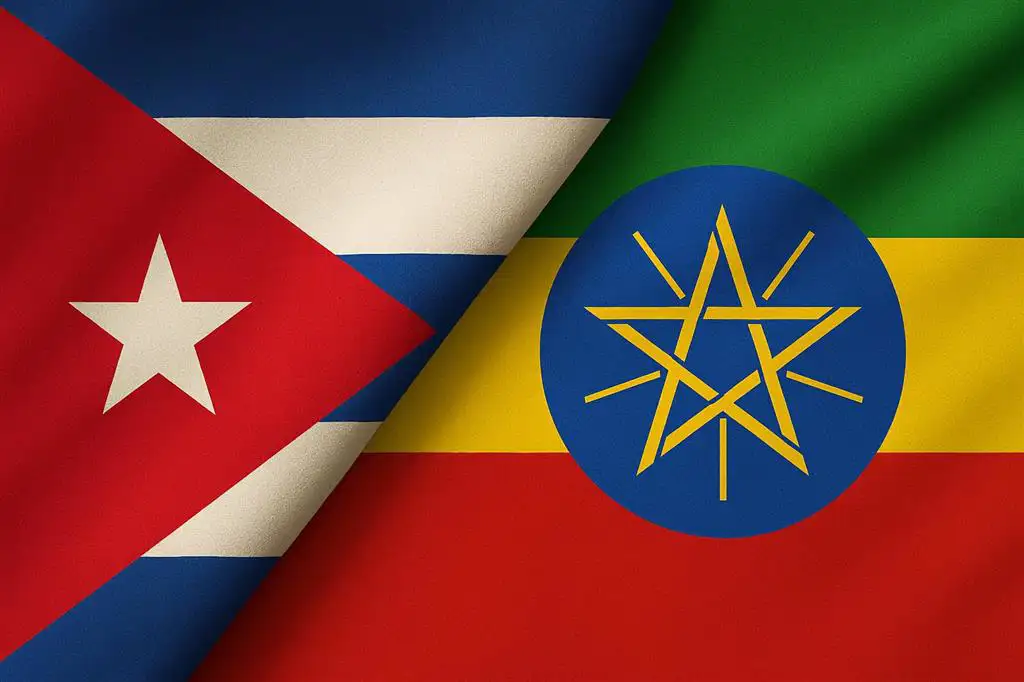During the Second Africa Climate Summit, Ethiopia boldly presented the Grand Ethiopian Renaissance Dam (GERD)as a powerful example of a homegrown, African-led solution to the climate crisis. This declaration shifts the dams narrative from a source of regional tension to a symbol of the continent's commitment to clean energy and sustainable development.
Ethiopian officials, including Minister of Planning and Development Fitsum Assefa, championed the GERD as a cornerstone of the nations proactive climate strategy. By harnessing the power of Abay river to generate clean hydroelectricity, the dam is projected to significantly reduce the country's reliance on fossil fuels and other non-sustainable energy sources.
This initiative is a critical component of Ethiopia's broader Climate-Resilient Green Economy (CRGE)strategy. With a massive capacity to produce thousands of megawatts, the GERD is set to not only meet domestic energy needs but also enable Ethiopia to become a major exporter of clean power to neighboring countries. This will create a regional energy hub and lessen the overall carbon footprint of East Africa.
The summit served as a platform for Ethiopia to demonstrate its leadership and to reinforce that African nations are capable of building and financing large-scale infrastructure projects on their own terms. By highlighting the GERD, Ethiopia underscored a key message of the summit: a self-determined approach to development is essential for achieving a sustainable and prosperous future for the continent.




